HANS HOFMANN (1880-1966)
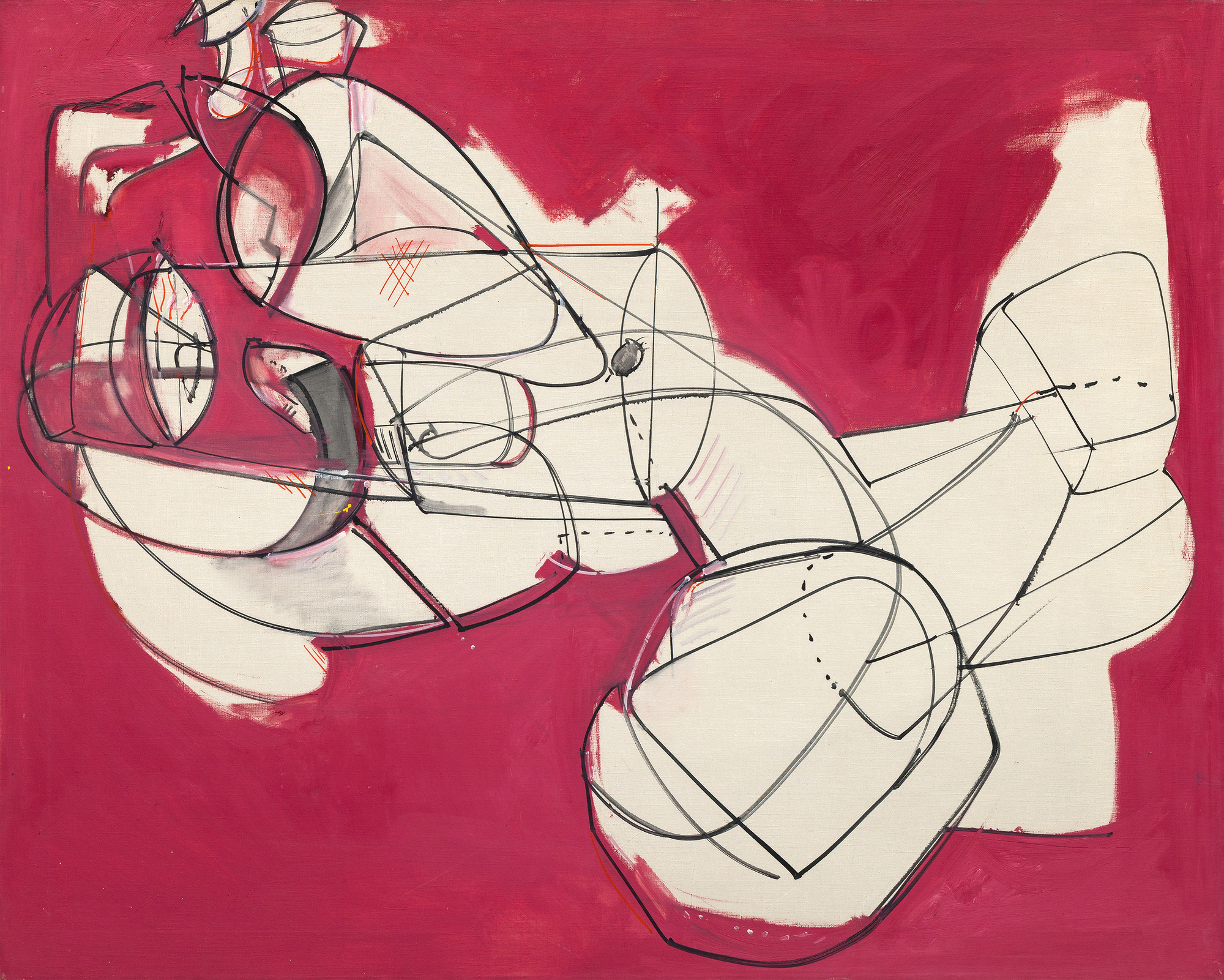
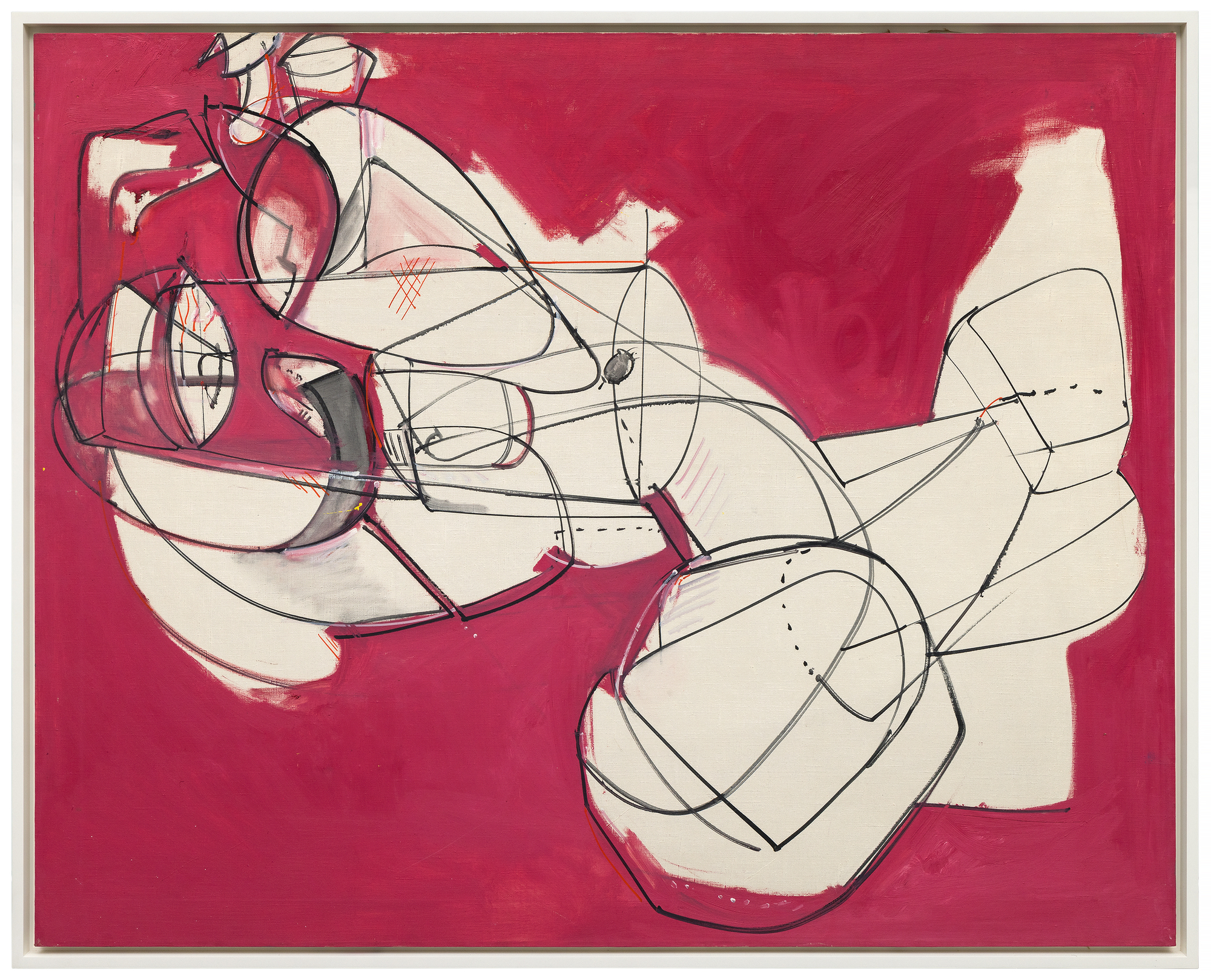
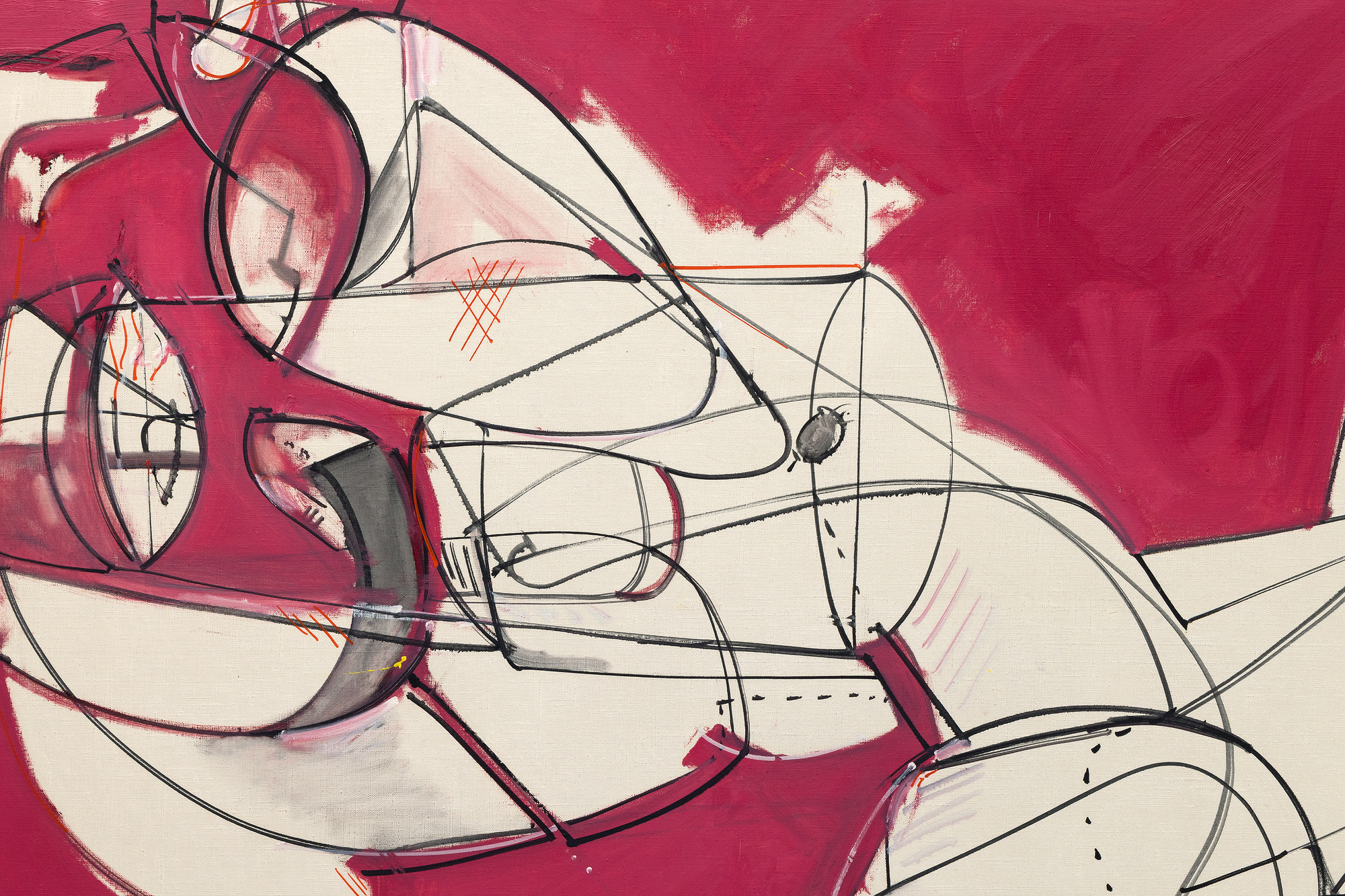
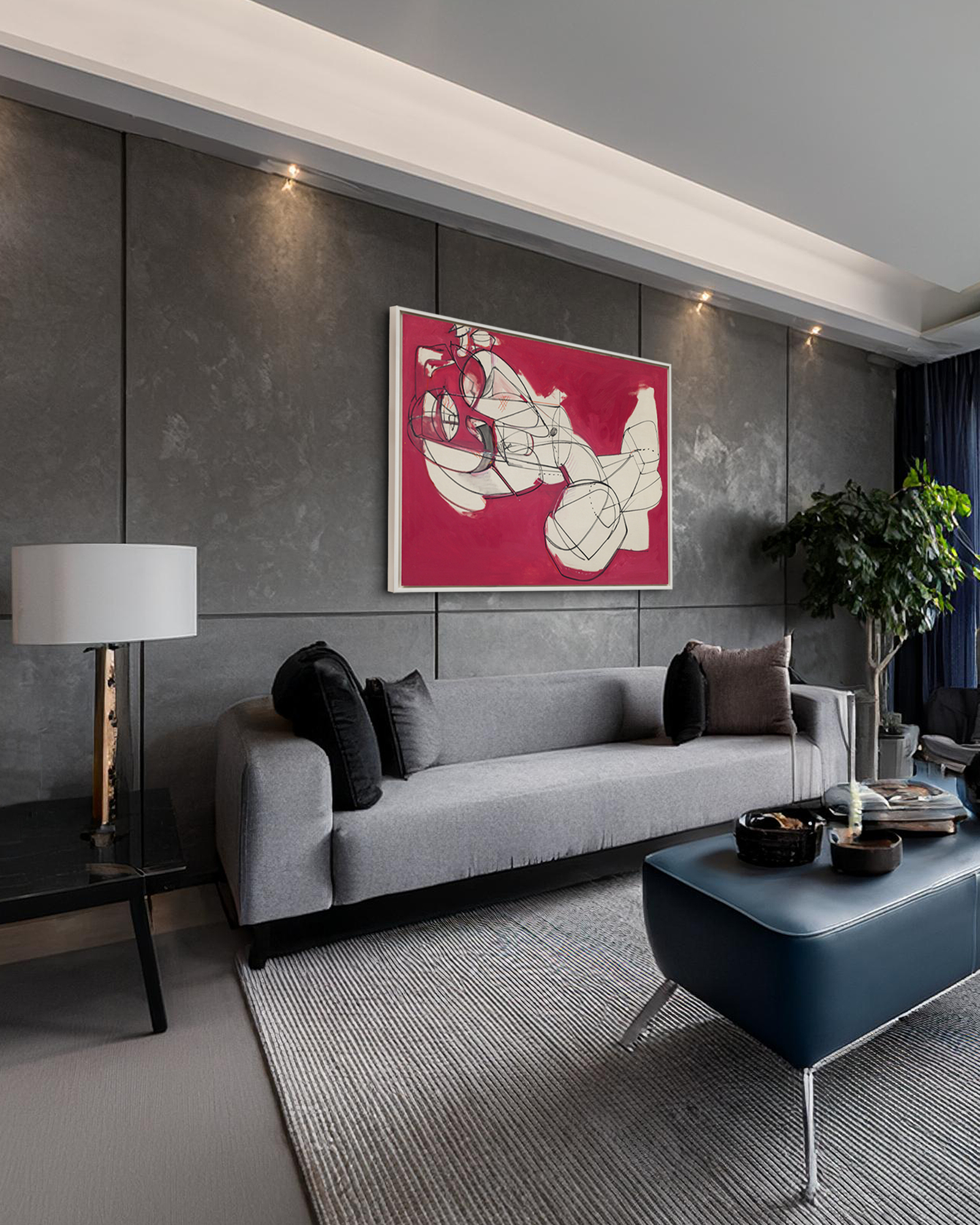
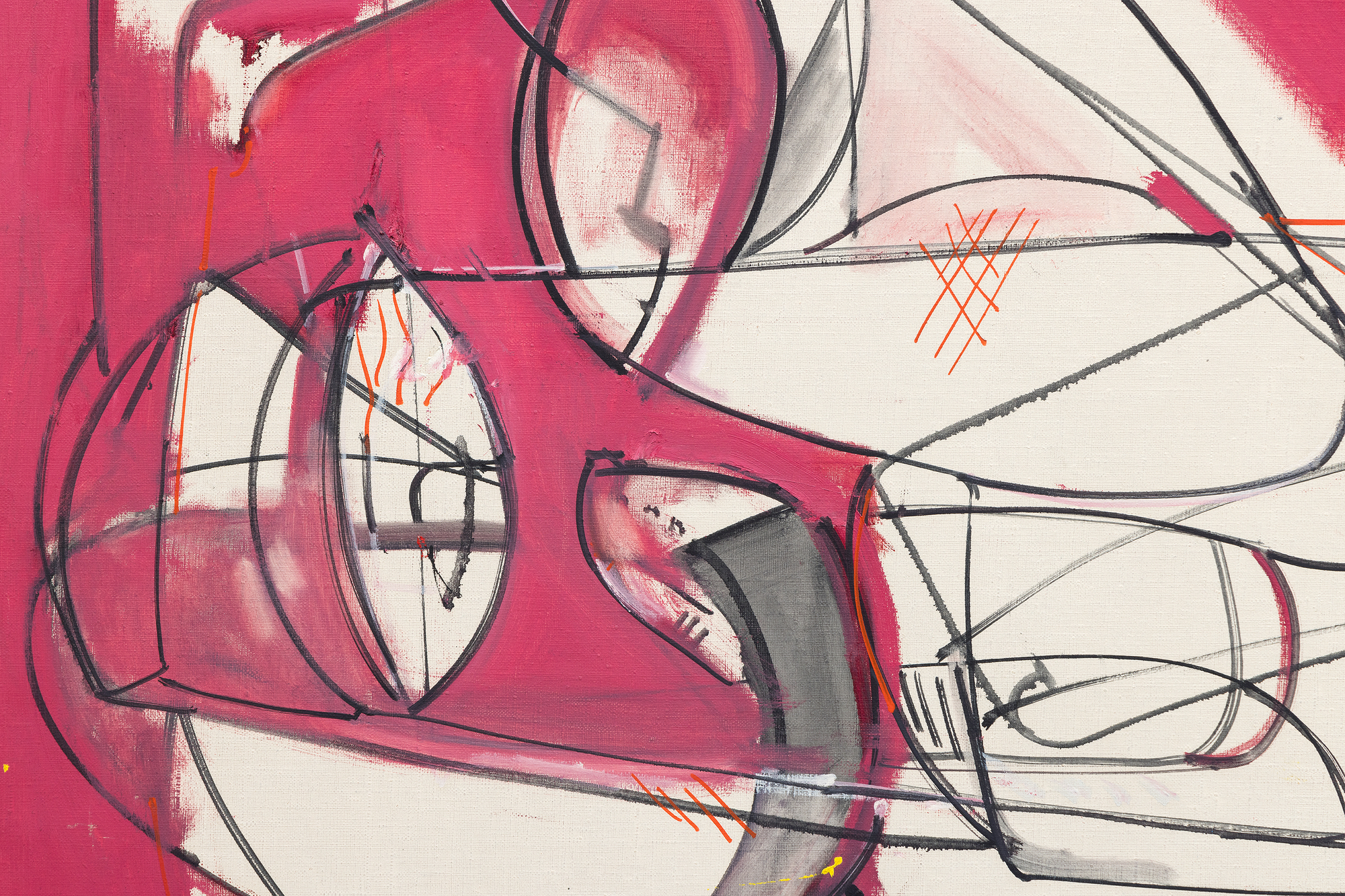
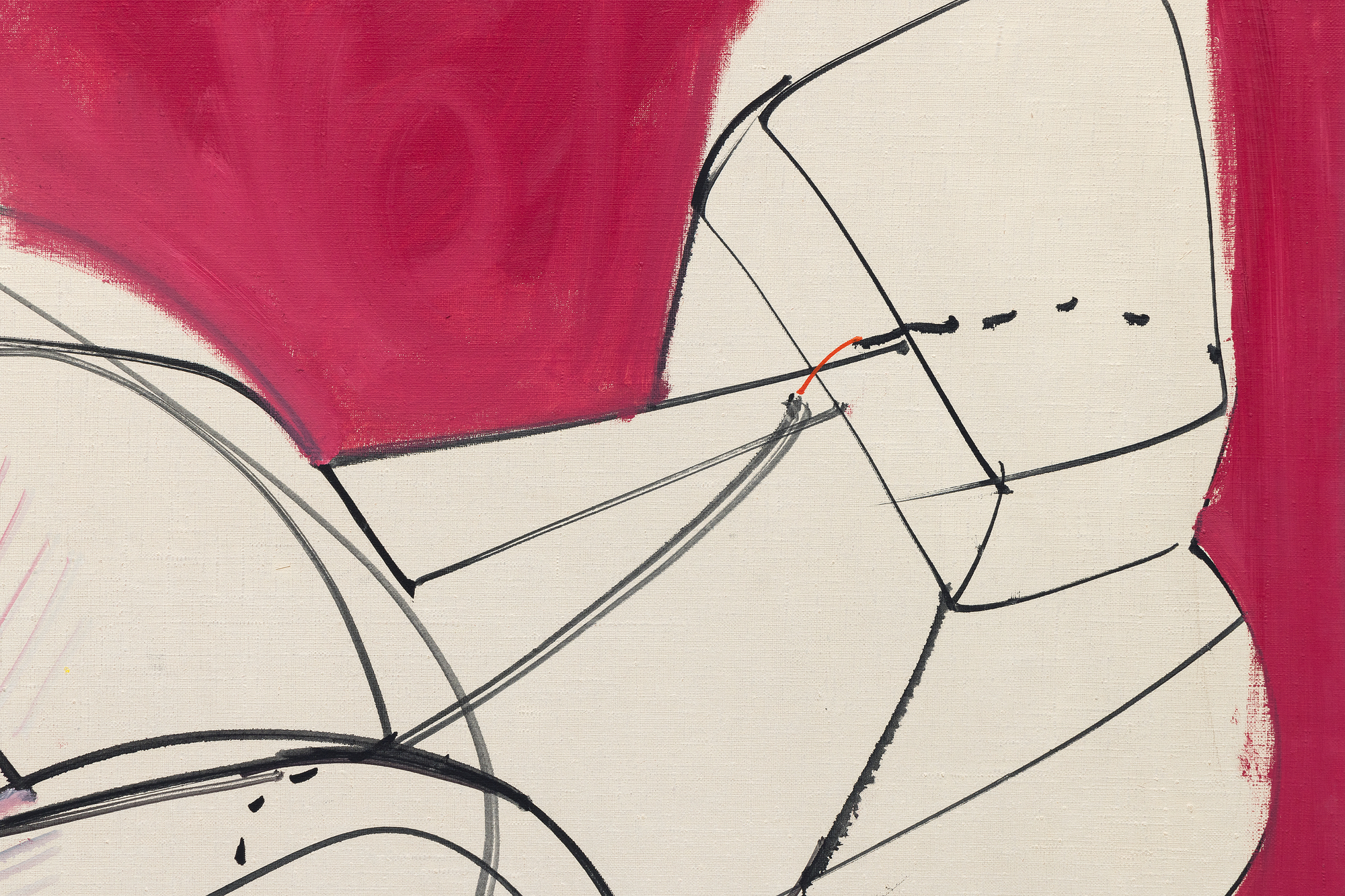
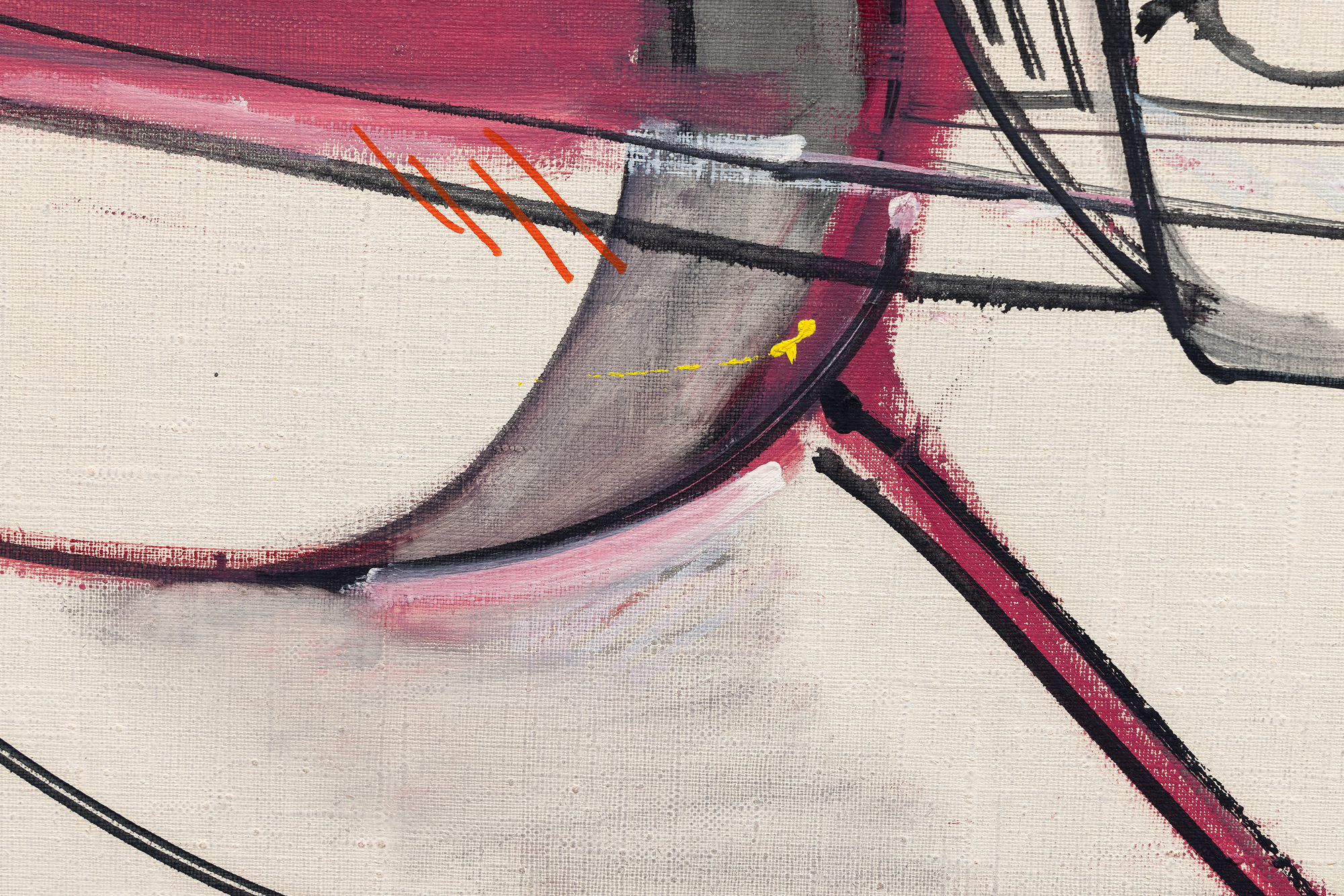
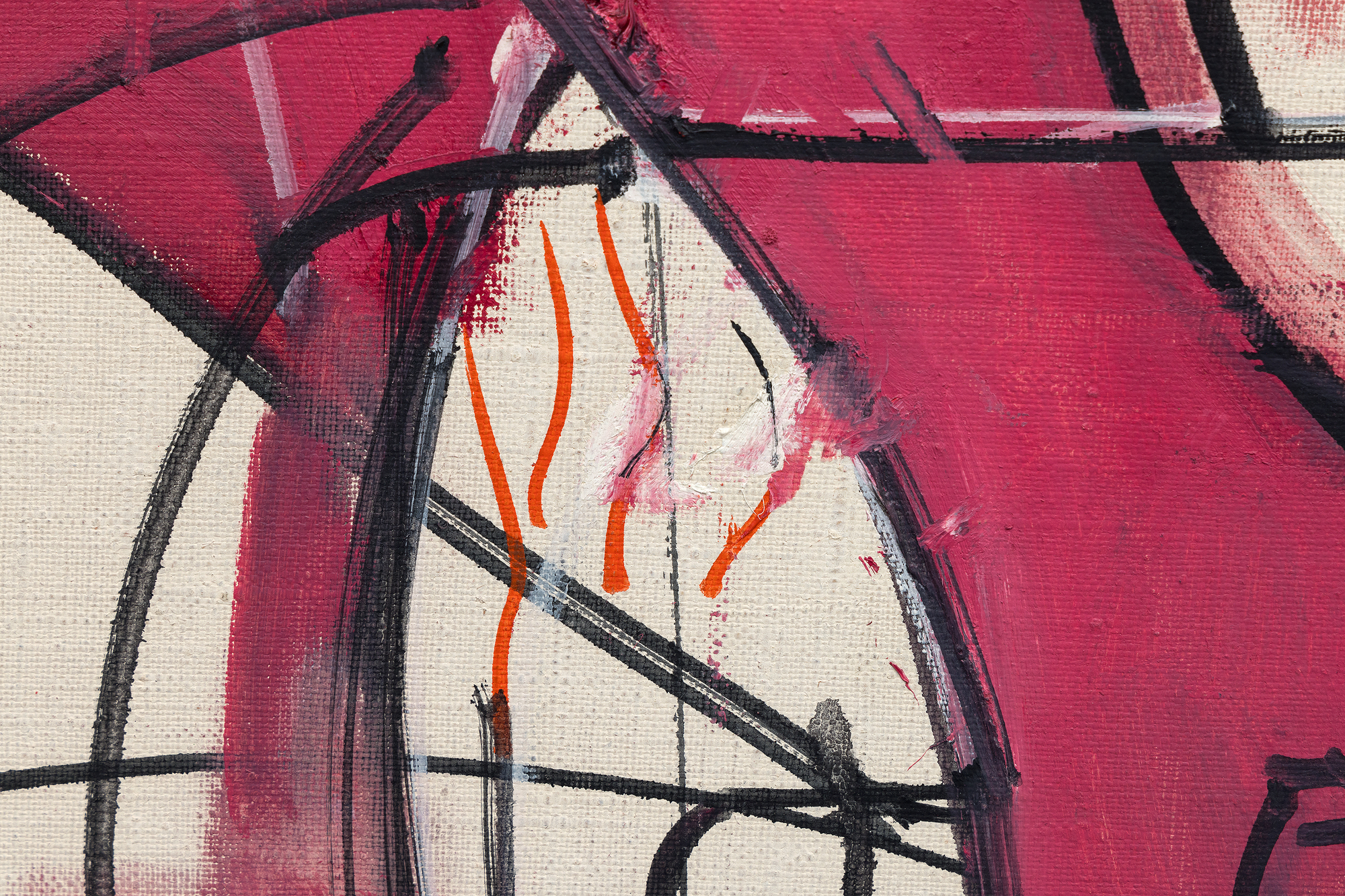
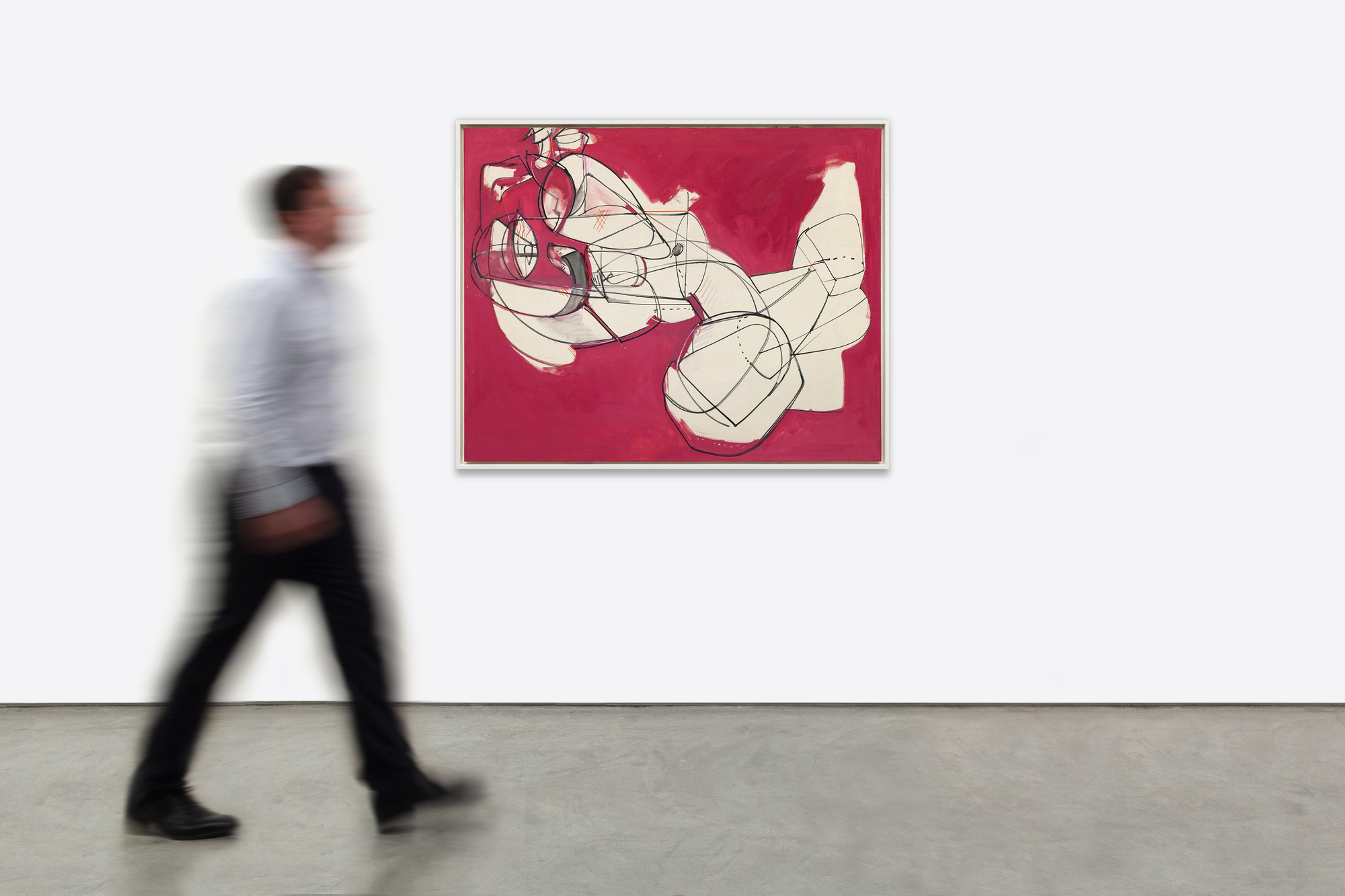
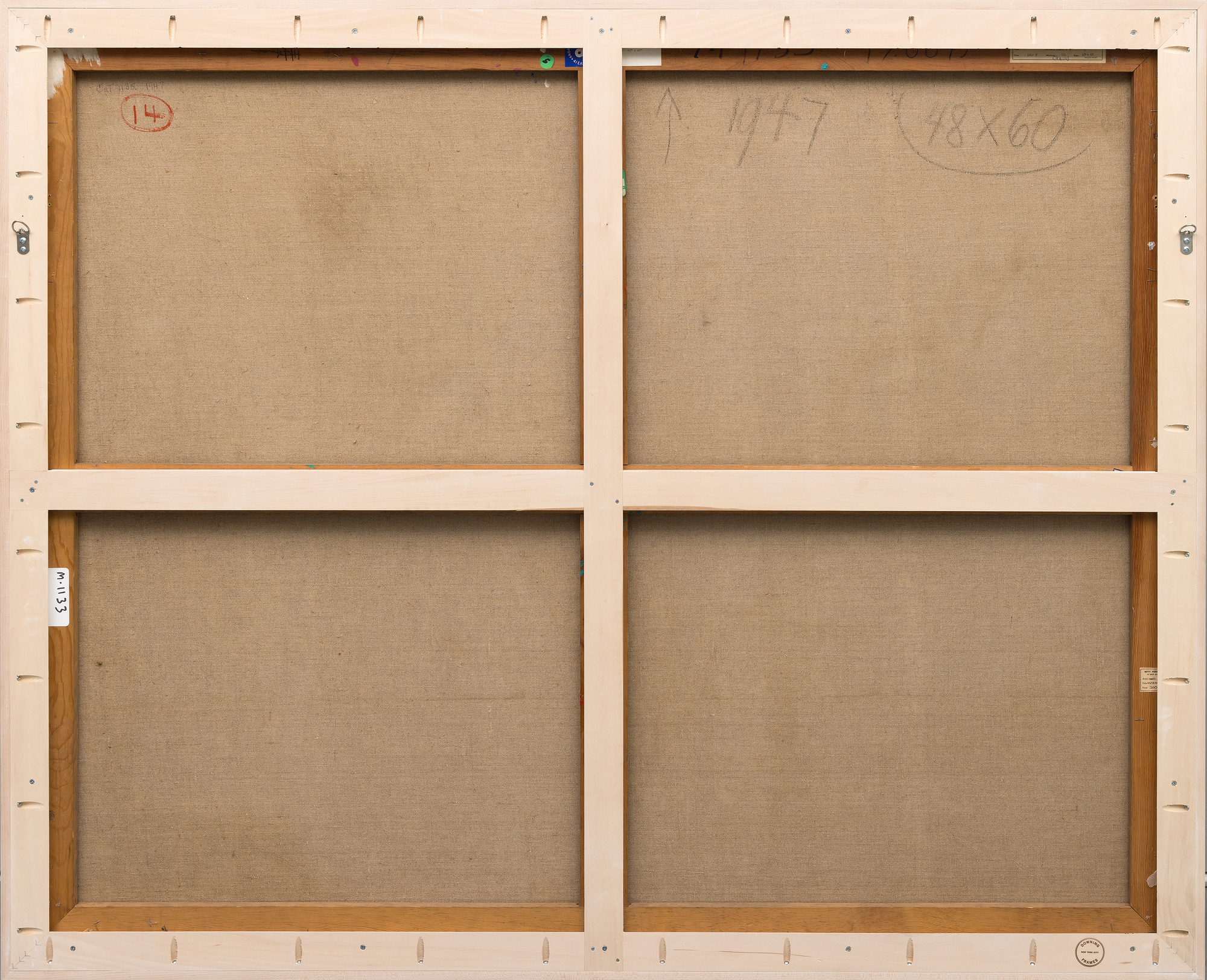
Provenance
Andre Emmerich Gallery, New York, New YorkEstate of Hans Hofmann
Ameringer & Yohe Fine Art, New York, New York
Private Collection, New Jersey
Exhibition
New York, New York, Betty Parsons Gallery, Hans Hofmann: Recent Works, March 24 – April 12, 1947New York, New York, American Academy of Arts and Letters, Hans Hofmann, 1971
Toronto, Canada, David Mirvish Gallery, Hans Hofmann: The Thirties through the Sixties, April 15 – May 23, 1972
New York, New York, Andre Emmerich Gallery, Hans Hofmann, The years 1947-1952, Apr...More...il 3 - 28, 1976
New York, New York, Ameringer Yohe, Hans Hofmann: The Unabashed Unconscious; Reflections on Hofmann and Surrealism, March 30 – April 29, 2006
Literature
Cynthia Goodman, Hofmann: Abbeville Modern Masters, New York, 1986, pl. 45, p. 56 (illustrated in black and white)Jed Perl, Hans Hofmann, The Unabashed Unconscious: Reflections on Hofmann and Surrealism, New York, 2006, p. 37 (illustrated in color)
Suzi Villiger, Hans Hofmann: catalogue raisonne of paintings, volume II, Surrey, 2014, HH cat. no. 1135-1947, p. 382 (illustrated in color)
...LESS... Price675,000
During this period, Hofmann's reliance on linearity provided a departure from the more fluid, painterly dynamism of his earlier works. From 1944 to 1951, this linear impulse permeated his practice, signaling a prolonged exploration of modes of expression in which he grappled with reconciling abstraction and structure. While some viewed this phase as a retreat from the energetic breakthroughs that defined American art's rise to global prominence, others recognized the distinctiveness of these paintings. Astral Image #1 challenged the framework of Hofmann's singular vision, blending Cubist discipline with the vibrant, unruly energy that remained a hallmark of his oeuvre.
The work's flat planes of bright alizarin crimson, contrasted with the angular momentum of the lines, evoke a cosmos of restless energy, hinting at the celestial themes suggested by its title. This painting reflects Hofmann's deliberate explorations during the late 1940s that underscore his unique ability to create works that resist easy categorization, standing apart as deeply personal explorations of form and color.


